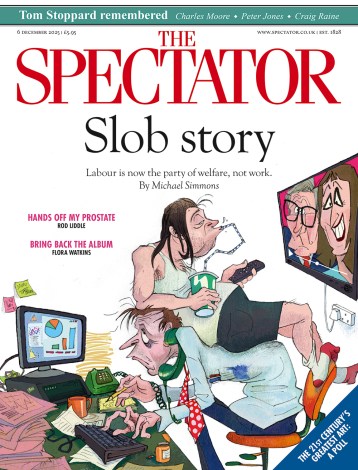A world in a grain of sand
You will doubtless recall the model villages of your childhood holidays: the cold rain beating down upon you as you wander, confused, from the 1:15 scale Stonehenge to the 1:18 Houses of Parliament to the 1:32 scale model railway, before sneaking your foil-wrapped sandwiches into the tea shop to share a pot of tea. Or maybe that was just me and the Queen, who famously visited Bekonscot model village in Beaconsfield as a child back in the 1930s, clearly the perfect day out for any monarch-to-be, to be able to survey a ticky-tacky kingdom made entirely of resin, foamboard and nostalgia for a past that even then had never really




















